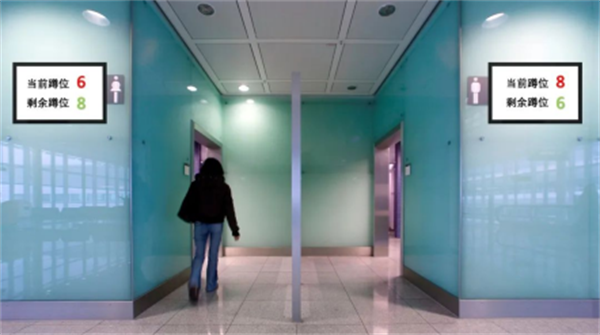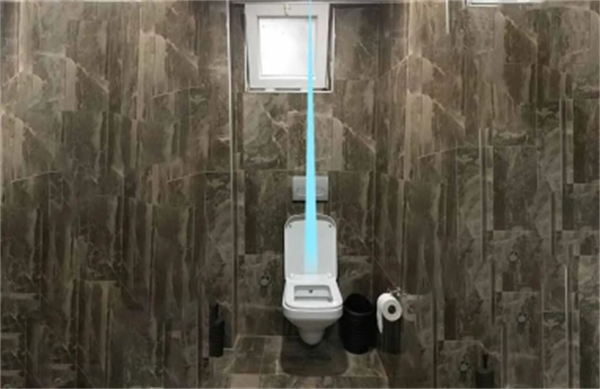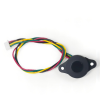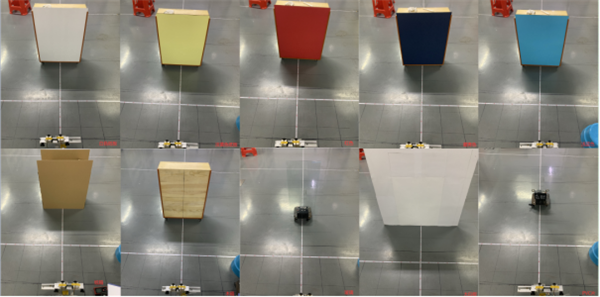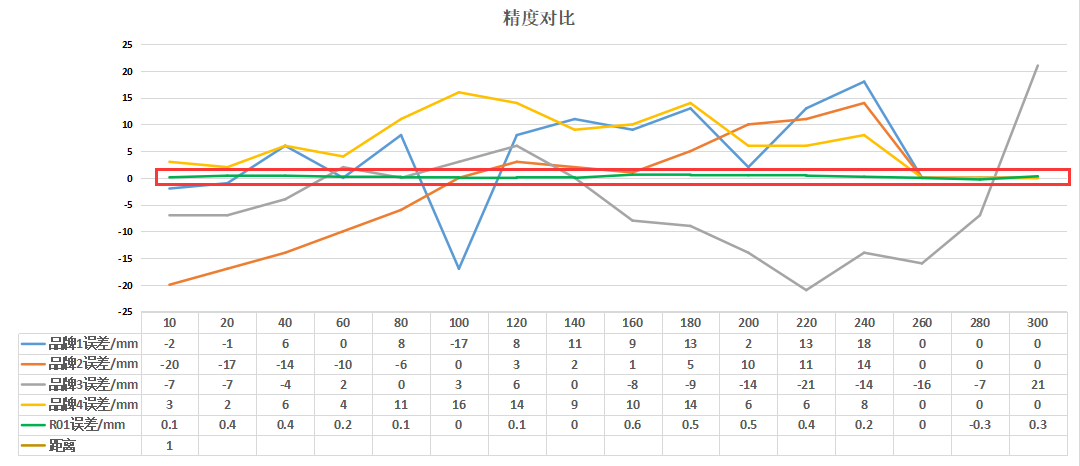Smart public toilets are intelligent detection and control systems that rely on Internet + Internet of Things technology to achieve a number of cash functions such as intelligent toilet guidance, intelligent environmental monitoring, energy consumption and equipment linkage management, remote operation and maintenance, which can provide better, more efficient, convenient and comfortable services for toilet users.
01 Smart sensors to help upgrade smart public toilets
In terms of intelligent toilet guidance, the use of intelligent sensors can detect the total flow of passengers and squatting capacity, and these two data can be used through the interactive display in the public area, so that toilet users and managers can intuitively see the use of each toilet seat for men and women, the use of the third toilet and the mother and baby room, and even provide managers with big data to predict the density of the flow of people and rationalize cleaning management.
Fig.1 Interactive displays in public areas (left and right sides)
For both total toilet traffic and squat occupancy, we can improve the accuracy of the big data and enhance the end-user experience with new smart sensors that are
more accurate and have minimal false positives.
Fig.2 Schematic diagram of the LIDAR smart sensor squat detection
02 Comparison of the performance of each sensor
At present, most of the squat detection uses traditional smart door locks or infrared sensors, while toilet patronage detection uses infrared sensors and 3D cameras. A new type of laser detector, which is gradually becoming more consumer-grade in price and broadening in application, can achieve both squat detection and patronage statistics with an accuracy rate of over 99%. Here is an example of a laser detector from DianYingPu (R01 LIDAR ) as an example, the performance of various types of sensors mainly used for squatting detection is compared.
|
Sensor type |
Smart door locks |
Infrared sensors |
Lidar |
|
Installed on the public toilet doors to determine occupancy by opening and closing the door |
Installed above the toilet to determine passenger flow and occupancy by measuring distance changes |
Installed above the toilet to determine passenger flow and occupancy by measuring distance changes |
|
|
Advantages |
No false positives |
No additional modifications required Low cost Not easily damaged |
No additional modifications required No false alarmsNo restriction on installation distance Accurate identification of black objects No false alarms |
|
Disadvantages |
Fragile |
False alarm prone |
Slightly higher cost |
Table I. Analysis of the overall strengths and weaknesses of sensor performance
To improve the accuracy of squat detection or passenger flow detection, high performance sensors with stable ranging performance and very low false alarm rates are required. The following is a comparison of the range performance of several infra-red sensors and the DianYingPu R01Lidar sensors.
Measured far
In new or renovated municipalities, scenic spots, highways, airports and other occasions of intelligent public toilets, with R01 Lidar sensors To achieve the squatting detection and passenger flow statistics function, will no longer be subject to the traditional infrared sensor installation height restrictions (general infrared sensor requires the installation height control within 2m, indoor no strong ambient light situation).
R01Lidar sensors preliminary test of different coloured objects objects, including dark coloured objects, up to a distance of more than 3 metres. Conventional infrared sensors can only measure up to about 1 metre.
B. Accuracy of measurement
When using the toilet indoors, different customer heights, clothing and equipment can lead to changes in the distance measured by the sensor due to different ranges, which will test the accuracy of the sensor’s distance measurement, i.e. the error value.
The above graph uses indoor accuracy test results using flat cardboard boxes, the horizontal axis is the standard distance, the vertical axis is the actual error distance, testing different brands of LiDAR sensors, from the data fluctuation situation, the other 4 brands within the 3m range sensor error has great fluctuation, brand 1, 2, 4 even from 260cm onwards can not test the data. The R01 LIDAR, on the other hand, had almost no error values within the 3m range, with a maximum range of 440cm.
Assume a relatively extreme but possible scenario: a child of only 1m in height, the sensor is installed at a height of 2.6m, the child may move his body back and forth after squatting, the measuring range is in the range of 1.9-2.1m, if the data measured by the sensor fluctuates greatly, the probability of false alarm will become high, affecting the customer to mislead about the squatting margin.
03 R01 Lidar overall advantages
Ultra-long distance detection: 4m detection distance, accurate detection without false alarms or missed detection
Fearless in the environment: New algorithm upgrade to optimize measurement in outdoor/high light/complex reflectance backgrounds
Adapts to low-power scenarios: supports low-power mode, below 100mW, significantly lower peak current, more friendly to the power supply system
Low cost: Sample price $6 each PCS, bulk price is more favorable
Post time: Nov-23-2022

